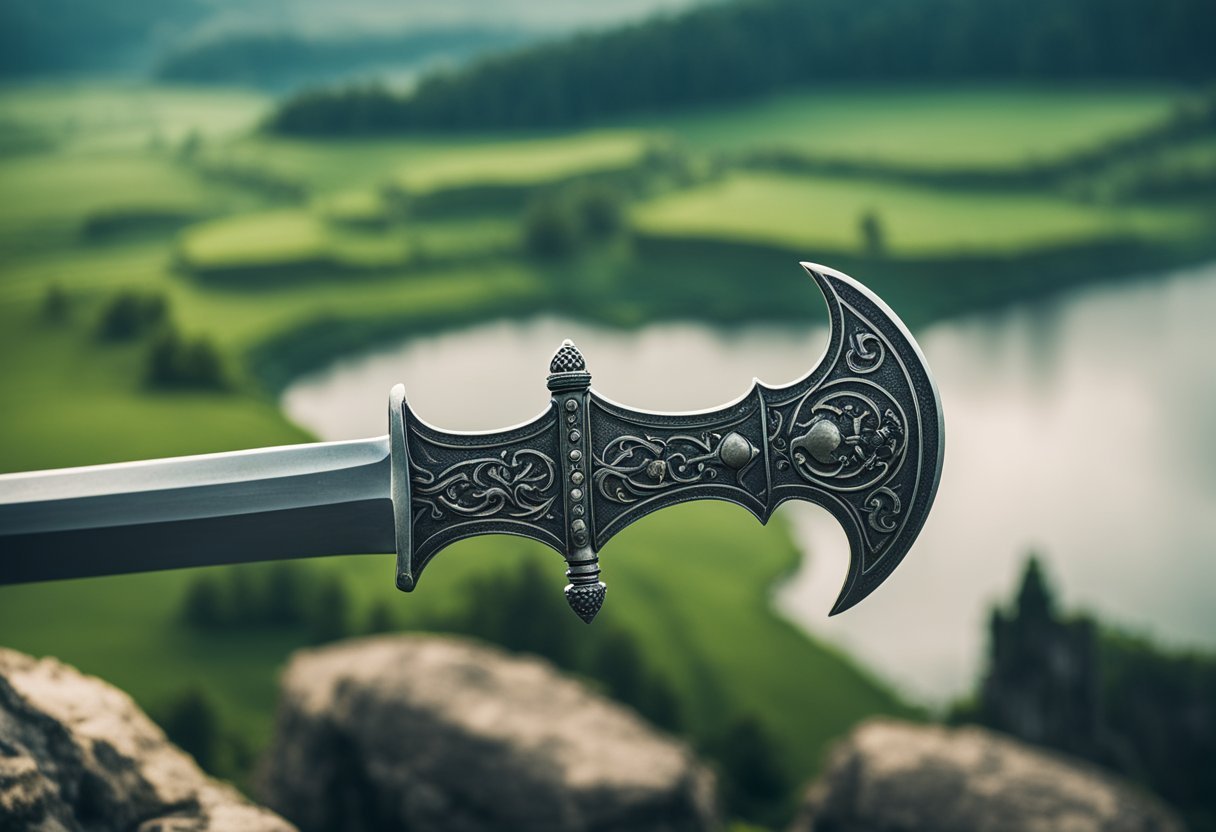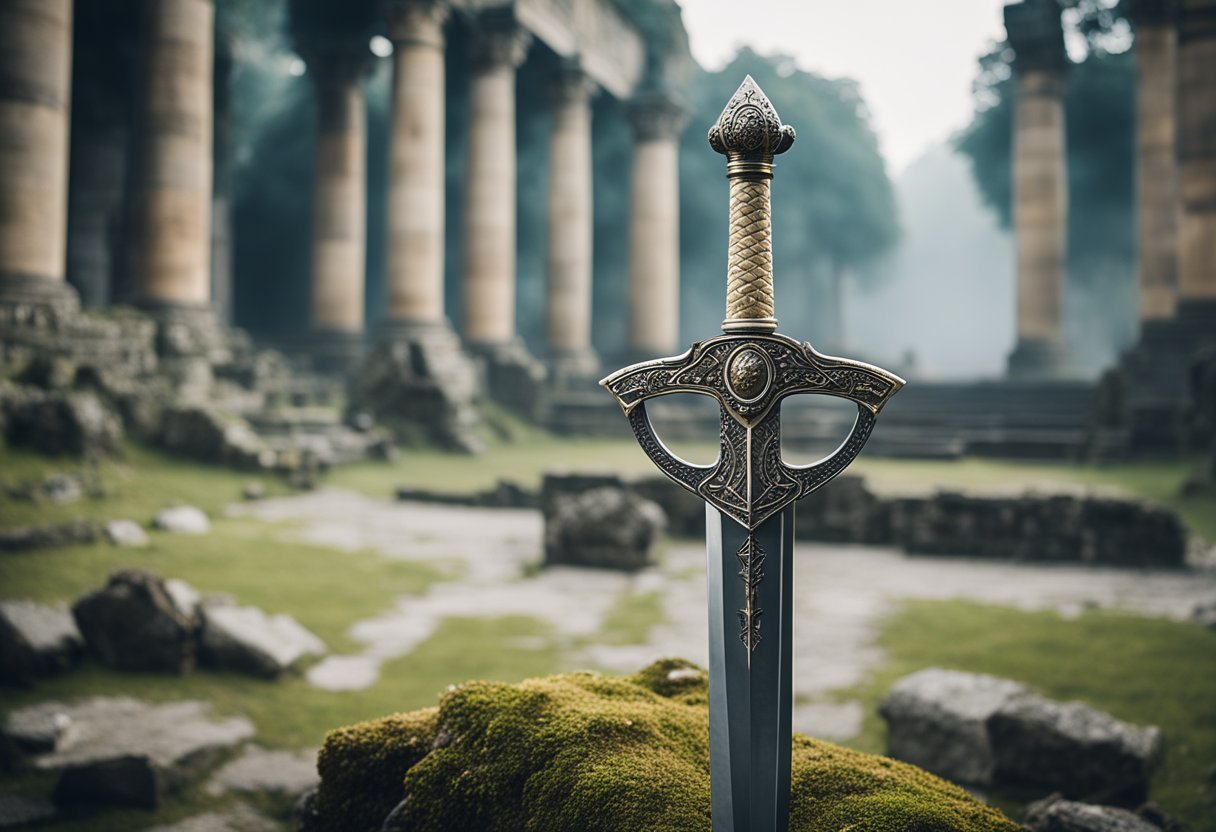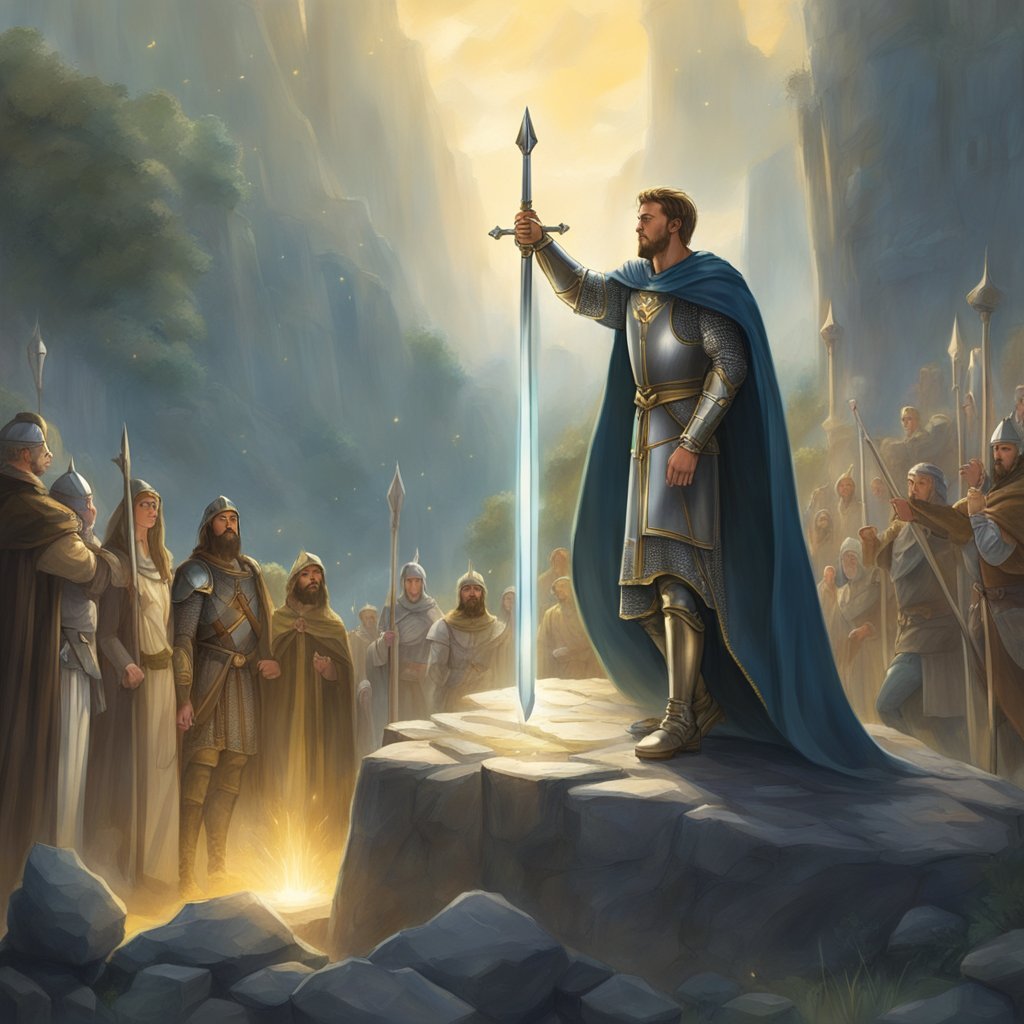Was King Arthur a real person or just a myth? This question has fascinated both historians and enthusiasts for centuries. The prevailing view among experts is that King Arthur is largely a mythological figure, immortalized through medieval romances and tales. Despite efforts to pin down a historical version of Arthur, the evidence remains elusive, leaving his true identity shrouded in legend.
The origins of King Arthur’s legend can be traced back to medieval Wales, with writers like Nennius and Geoffrey of Monmouth playing significant roles in popularizing the tales. These stories have been further embroidered through the ages, particularly after the Norman Conquest of England. From the knightly fellowship of the Round Table to the magical kingdom of Camelot, the narratives have captivated imaginations and led many to ponder their origins.
Even places like Tintagel and Glastonbury Abbey have become intertwined with Arthurian myths, drawing countless pilgrims and tourists each year. The allure of King Arthur’s legend endures, highlighting the compelling blend of history and myth that keeps people intrigued.
King Arthur’s Historical Roots

King Arthur’s legend is surrounded by a blend of mythical and historical elements. Key points of interest include early writings and records, Roman and Celtic connections, and Geoffrey of Monmouth’s impact.
Early Writings and Records
The first mentions of Arthur date back to early medieval literature. Sources like the “Historia Brittonum” (circa 9th century) and the “Annales Cambriae” provide some of the earliest references.
In the “Historia Brittonum,” Arthur is portrayed as a military leader rather than a king. Meanwhile, the “Annales Cambriae” links him to several battles, including the Battle of Badon Hill. This period’s records mix history with legend, making it tough to pinpoint factual accounts.
Possible Roman and Celtic Links
Some historians suggest that Arthur could have Roman or Celtic origins. There’s speculation that he may have been inspired by Roman military leaders who stayed in Britain after the Roman withdrawal in the early 5th century.
Celtic traditions, especially those in Wales and Scotland, also play a significant part. These regions have old tales about a heroic leader fighting against invading forces. These versions often emphasize Arthur’s role as a defender of Britain, blending him with various local legends.
Geoffrey of Monmouth’s Influence
Geoffrey of Monmouth heavily shaped Arthur’s legendary status with his work “Historia Regum Britanniae” (circa 1136). Geoffrey’s account turned Arthur into a king with a glorified court and extended adventures.
This portrayal added layers to Arthur’s legend, blending history with creative fiction. Geoffrey’s vivid storytelling intrigued many, further cementing Arthur’s place in medieval lore. His work influenced later adaptations, including literature, films, and other media, contributing significantly to the myth’s endurance and popularity.
The Myth and Its Evolution
King Arthur’s tale grew from medieval stories and became a cultural touchstone, blending history and legend. The legend has expanded and adapted over time, capturing imagination worldwide.
Arthurian Legend and Chivalry
The Arthurian legend is deeply intertwined with the medieval concept of chivalry. Arthur himself embodies these chivalric values—bravery, honor, and courtesy. The Knights of the Round Table, a symbol of equality and unity, were crucial in promoting the ideals of chivalry.
Literary works like Le Morte d’Arthur by Thomas Malory helped cement these themes, shaping how chivalry was viewed and practiced in medieval society.

Merlin, Guinevere, and the Knights of the Round Table
Merlin, Arthur’s trusted advisor, is often portrayed as a wise and powerful wizard. His guidance is crucial to Arthur’s success.
Guinevere, Arthur’s queen, is central to many plots, particularly those involving love triangles and betrayal. The Knights, each with their own unique quests and stories, represent the pursuit of nobility and justice. This ensemble cast adds depth to Arthurian lore.
The Holy Grail and Excalibur
Two of the most iconic elements of Arthurian myth are the Holy Grail and Excalibur. The quest for the Holy Grail symbolizes a spiritual journey and the pursuit of divine grace.
Excalibur, Arthur’s legendary sword, grants him rightful sovereignty. These symbols have roots in earlier myths but became defining features in Arthurian tales, representing purity, heroism, and destiny.
Adaptations in Modern Media
King Arthur’s myths have been adapted across various media, from literature to film and TV. Notable examples include The Once and Future King by T.H. White and films like Excalibur.
Modern adaptations often reinterpret these ancient tales, aligning them with contemporary themes and issues. Recent TV shows and novels keep revitalizing interest, ensuring the legend endures in popular culture.

